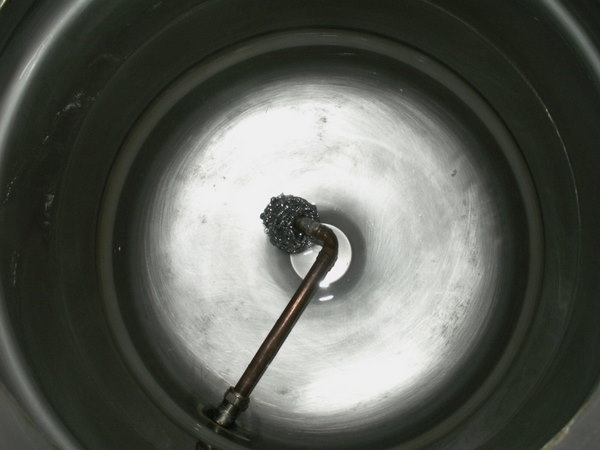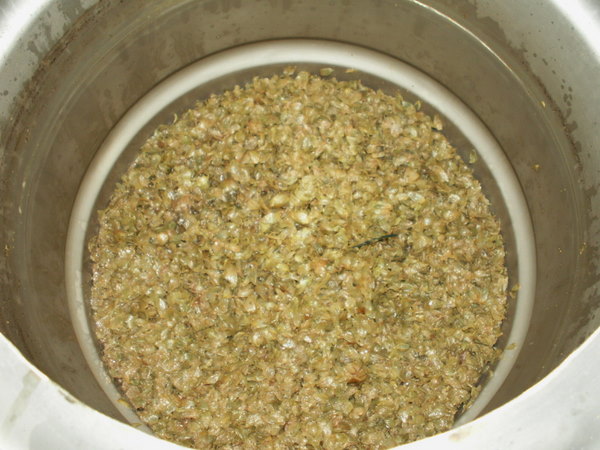Schmidty
Active Member
I'm going to be adding a spigot to my boil pot, not a keggle, and I was wondering if the size of the dip tube from the spigot makes a difference. I was thinking that I'd go with 1/2" hard copper pipe. The only problem I may run into is that my pot is 11" tall and 20" around, so leaving too much space at the bottom could mean that I'm leaving quite a bit of wort in the bottom of the kettle. Here are some pictures of my new kettle http://picasaweb.google.com/bjschmid/NewBrewpot. With a 1/2" left in the pot that comes out to about 1/2 gallon. I'm thinking I'll try to keep the dip tube close to the side of the pot and use a bazooka T on the very bottom of the pot so I can tilt the pot when it gets low, or I could just up my recipes to 5 1/2 to 6 gallons. Has anyone run into this before? Any suggestions?
Oh and I'm going to be using a CFC so it needs to be somewhat filtered
Oh and I'm going to be using a CFC so it needs to be somewhat filtered









